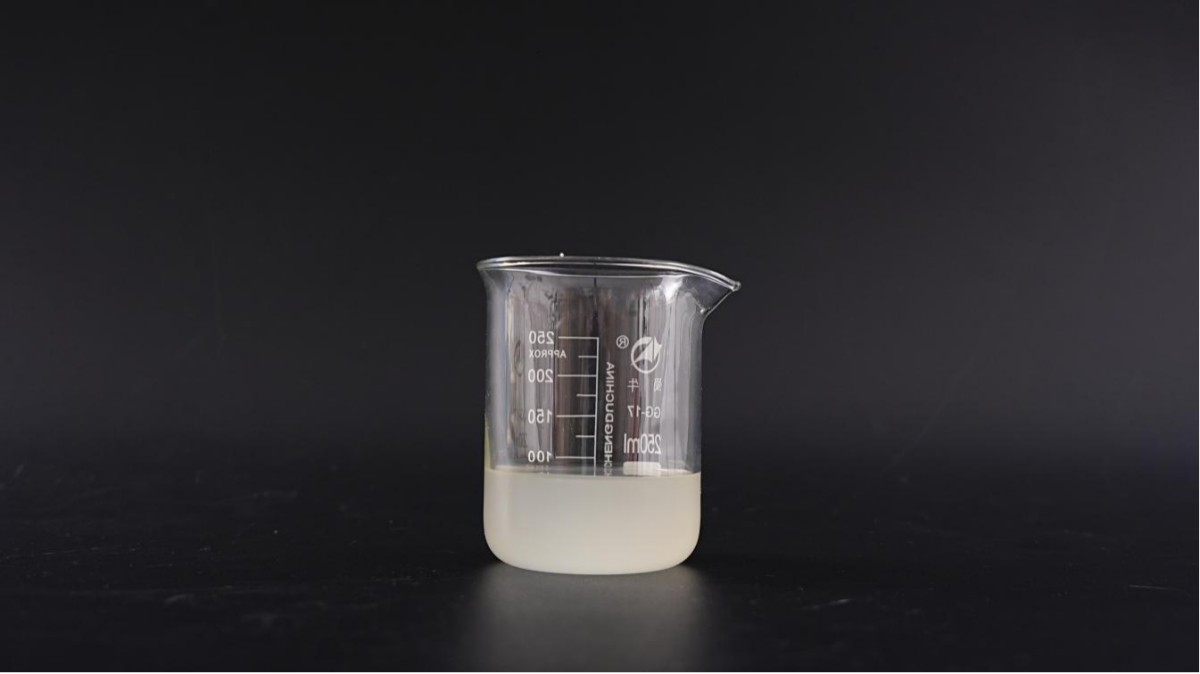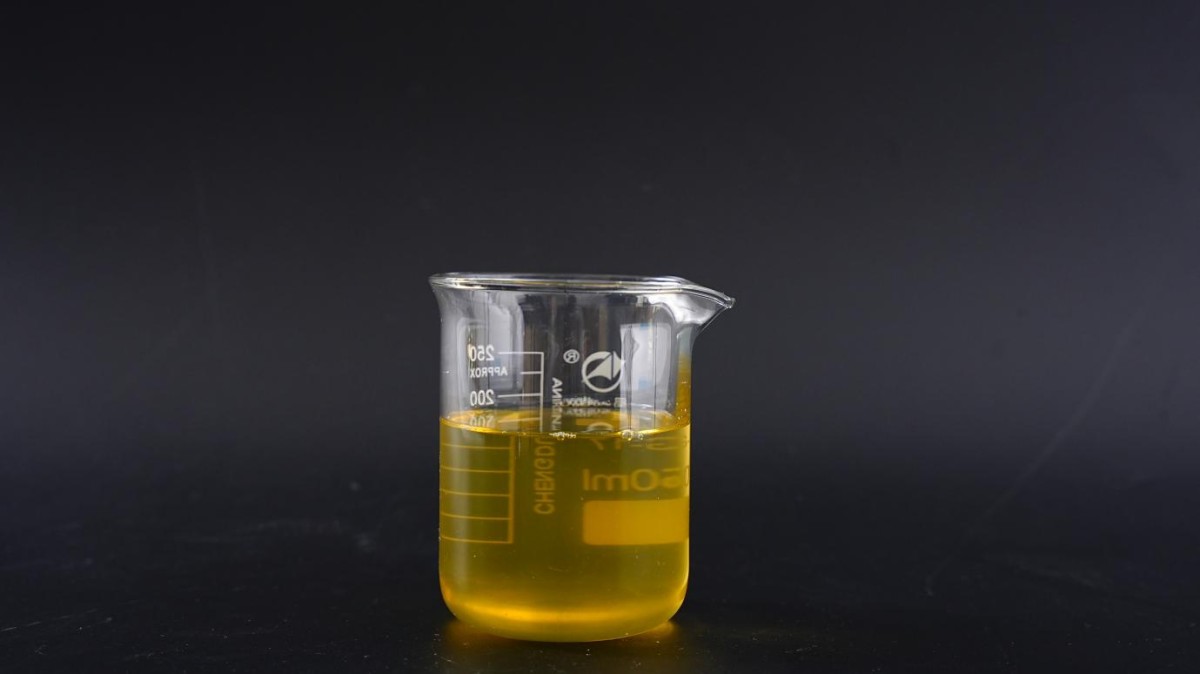BLOG
CONTENTS
Dry strength agent VS wet strength agent: Which one is more suitable for paper industry?
For manufacturers in the paper industry, choosing between dry and wet strength agents may not be difficult, but these steps may seem simple, but they can affect the final outcome of your project and production.
Dry strength agents and wet strength agents each have their own characteristics. Therefore, in this article, we will explore the differences between dry strength agents and wet strength agents to help you reduce costs, increase efficiency, and have worry-free production.

What is a dry strength agent?
Dry strength agent is a functional chemical additive used in the papermaking industry. Its main function is to improve the physical strength of paper in a dry state, such as tensile strength, bursting resistance, tear resistance, stiffness and ring crush strength.
It is a key additive to improve the "dry durability" of paper. It can effectively compensate for the strength loss caused by raw material degradation without changing other properties of the paper.
What is a wet strength agent?

Wet strength agent is a chemical additive in the papermaking industry that improves the strength of paper after it is completely immersed in water (such as wet tensile strength and bursting resistance).
Wet strength agent is the key technology of "waterproof paper", which allows paper to maintain its functionality in a humid environment.
Similarities between dry strength agents and wet strength agents
1. Main category: enhancer
2. Adding position: wet end (before the slurry pump, high-level box, and headbox)
3. Physical form: water-soluble/water-dispersible polymer
The main difference between dry strength agent and wet strength agent
1.Practical impact on paper performance
2. Application scenario requirements comparison
Final Words
Dry strength agents and wet strength agents have similarities in "addition method, polymer action mechanism, and partial component overlap", but the core difference lies in whether they can maintain strength in water. In actual production, the two are often used in combination to balance cost and performance (for example, packaging paper needs to be both pressure-resistant and moisture-proof).
